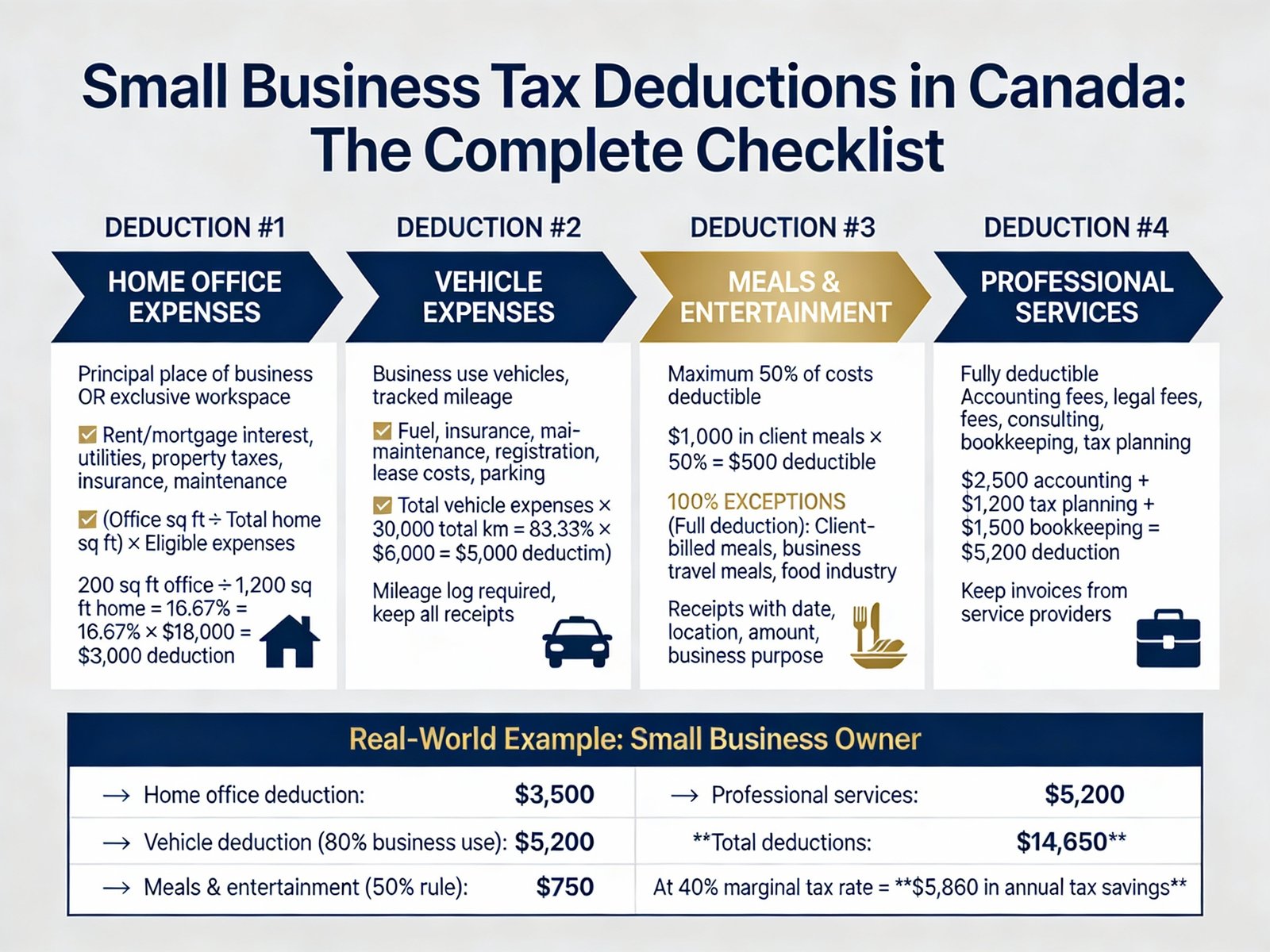A corporate tax audit is an intricate process that can pose challenges and uncertainties for businesses. Being well-prepared and equipped to respond effectively to tax authorities is essential to ensure a smooth audit experience. In this guide, we’ll delve into the complexities of corporate tax audits in Canada, offering valuable insights and practical tips for businesses to prepare for audits, navigate the process, and respond comprehensively to inquiries.
1. Understanding the Audit Process: Gain insight into the stages of a corporate tax audit, from the initial notice to the final assessment, and how the Canada Revenue Agency (CRA) conducts its review.
2. Organized Record-Keeping: Emphasize the importance of maintaining well-organized financial records and documentation that can be readily accessed to substantiate claims and deductions.
3. Pre-Audit Self-Assessment: Learn how businesses can conduct a pre-audit self-assessment to identify potential areas of concern and rectify any discrepancies proactively.
4. Engaging Professional Advisors: Understand the value of enlisting tax professionals and accountants who specialize in audits to guide your business through the process and ensure compliance.
5. Communication and Transparency: Explore effective communication strategies with the audit team, being transparent about your business operations, financial decisions, and tax practices.
6. Responding to Information Requests: Discover best practices for responding promptly and comprehensively to information requests from the CRA, including accurate and organized submission of documents.
7. Collaborating with the Audit Team: Learn about the benefits of collaborating with the audit team to address their queries, clarify issues, and establish a cooperative atmosphere.
8. Understanding the Dispute Resolution Process: Explore the options available for resolving disagreements with the CRA during the audit process, such as negotiation, appeals, and the Tax Court of Canada.
9. Legal and Regulatory Considerations: Gain insights into your rights and responsibilities during an audit, including the CRA’s powers, timelines, and your obligations as a taxpayer.
10. Post-Audit Strategies for Improvement: Discuss the lessons learned from the audit process and how businesses can implement internal controls, enhanced record-keeping, and improved practices to avoid future issues.
Conclusion: Navigating the complexities of corporate tax audits requires a combination of careful preparation, transparent communication, and adherence to regulatory guidelines. By following the tips and strategies outlined in this guide, businesses can approach tax audits with confidence, effectively address inquiries, and ensure that their financial practices align with Canadian tax regulations. A well-managed tax audit experience not only reinforces compliance but also contributes to the overall financial health and reputation of the business within the Canadian market.










 View Our Location
View Our Location





 181 Meadowview Bay, Sherwood Park, AB T8H 1P7, Canada (Online Clients Only)
181 Meadowview Bay, Sherwood Park, AB T8H 1P7, Canada (Online Clients Only)